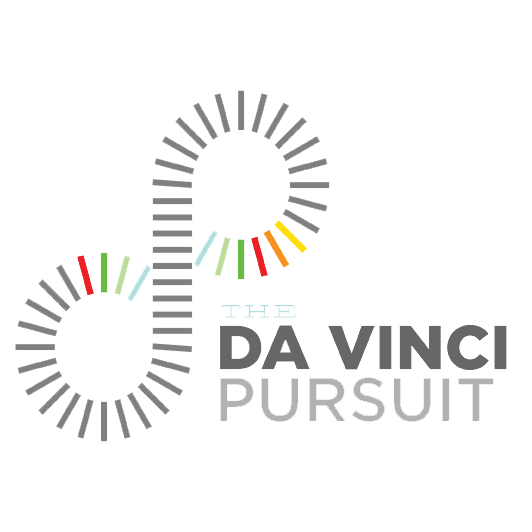
Introduction
daVinci Innovation Workshop

Introduction to Design Thinking
Design Thinking is a flexible, yet systematic process to define and solve problems. A common misconception is that design thinking requires artistry, but it is not centered on artistic principles. Design thinking is a strategy and mindset that can be applied to any industry to solve problems.
Narrative descriptions thanks to Rochester Institute of Technology https://www.rit.edu/
What is Design Thinking?
Design thinking is a user-centered, creative, and collaborative problem-solving methodology. Design thinking also describes a set of attitudes and a way of thinking about one’s own participation in the problem-solving process. While, individuals can perform design thinking, it is best done in cross-functional teams that represent key areas of expertise.
Design Thinking Methodology
Design thinking is comprised of three major stages: research, ideation, and prototyping. Even though the work of solving a problem goes from research to ideation to prototyping, within each design thinking stage are repeated cycles of exploration and refinement that become ever more focused on the eventual solution. All of this iterative work in the process is grounded in what we understand about users and their needs and how we use our understanding to identify potential solutions.
Characteristics of Good Solutions
A good solution:
- Has a purpose
- Is useful
- Is understandable
- Is honest
- Is sustainable
- Is long-lasting
- Fits to the context
- Is compelling
- Is simple






